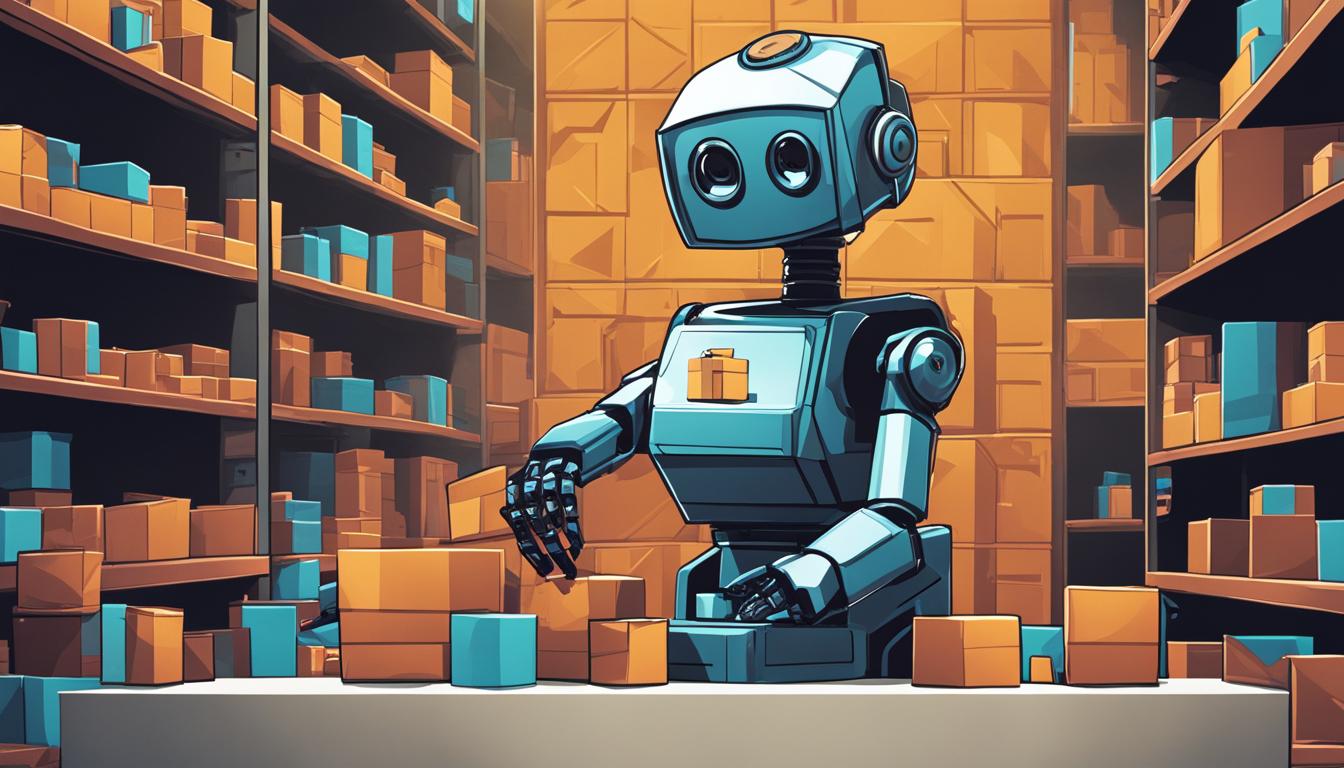Deep reinforcement learning (deep RL) is revolutionizing the field of artificial intelligence (AI) with its transformative potential across various industries. By combining reinforcement learning algorithms with deep neural networks, deep RL enables machines to make complex decisions from vast amounts of unstructured data. This powerful technology has the ability to optimize objectives and learn through trial and error, unlocking new possibilities in industries such as robotics, video games, natural language processing, computer vision, education, transportation, finance, and healthcare.
| RL Algorithms | Description |
|---|---|
| Q-learning | An algorithm based on the concept of a Markov Decision Process (MDP) that estimates the value of actions in a given state. |
| Policy Iteration | An iterative algorithm that improves the policy based on value functions and policy evaluation. |
| Monte Carlo Methods | Algorithms that estimate value functions based on average returns from sampled episodes. |
| Temporal Difference Learning | Algorithms that estimate value functions based on the difference between predicted and observed values. |
| Deep Q-Networks (DQN) | An algorithm that combines Q-learning with deep neural networks, enabling agents to handle high-dimensional input data. |
The Power of Deep Reinforcement Learning in Various Industries
Deep reinforcement learning has revolutionized various industries, leveraging its transformative potential to drive innovation and optimize processes. Let’s explore how deep RL is making a significant impact in the following sectors:
Robotics
In the field of robotics, deep RL has enabled machines to perform complex tasks and manipulate objects with unprecedented dexterity. Through training and trial and error, robots equipped with deep RL algorithms can learn to navigate real-world environments, making them ideal for applications in manufacturing, logistics, and healthcare.
Video Games
Deep RL algorithms have showcased remarkable performance in the realm of video games. In games like Atari and Go, deep RL agents have outperformed human players, demonstrating the ability to learn and adapt strategies in dynamic environments. This technology has the potential to enhance game design, create intelligent adversaries, and pave the way for truly immersive gaming experiences.
Natural Language Processing
In the domain of natural language processing (NLP), deep RL has contributed to advancements in language understanding and generation. By combining deep learning and RL techniques, machines can comprehend and generate human-like language, enabling applications such as chatbots, language translation, and sentiment analysis.
Computer Vision
Computer vision has greatly benefited from the integration of deep RL. This combination has allowed machines to analyze and interpret visual data more accurately and efficiently. Deep RL techniques have been applied to tasks such as image recognition, object detection, and autonomous driving, driving advancements in industries including surveillance, healthcare, and automotive.
Education
Deep RL has the potential to revolutionize education by personalizing learning experiences. By adapting to the individual needs and preferences of students, deep RL algorithms can optimize educational content and strategies, facilitating more effective and engaging learning environments.
Transportation, Finance, and Healthcare
Deep RL is also making substantial strides in transportation, finance, and healthcare sectors. In transportation, deep RL is being used to optimize traffic management, route planning, and autonomous vehicle control. In finance, deep RL enables intelligent trading strategies and risk management. In healthcare, deep RL contributes to drug discovery, personalized medicine, and medical image analysis.
These examples highlight just a few of the many industries where deep reinforcement learning is proving its worth. As technology continues to advance, deep RL is expected to further push the boundaries of AI, unlocking new possibilities and driving innovation in a wide range of applications.
Conclusion
Deep reinforcement learning is poised to revolutionize the future of AI and drive innovation across industries. By integrating reinforcement learning algorithms with deep neural networks, this rapidly evolving field empowers machines to make complex decisions based on vast amounts of unstructured data.
With its transformative potential, deep RL has already proven its worth in various sectors, including robotics, video games, natural language processing, computer vision, education, transportation, finance, and healthcare. In robotics, it has enabled robots to perform intricate tasks and manipulate objects with dexterity. Meanwhile, in the gaming industry, deep RL algorithms have outperformed human players in challenging games like Atari and Go.
Deep RL has also made significant strides in natural language processing, enabling machines to comprehend and generate human-like language. In the field of computer vision, it has been utilized for advanced image recognition and analysis. Furthermore, deep RL has been harnessed in education to personalize learning experiences, and in transportation, finance, and healthcare to optimize processes and decision-making.
As technology continues to advance, deep reinforcement learning will play a pivotal role in shaping the future of AI. With its ability to learn through trial and error and optimize objectives, deep RL holds immense potential to unlock new possibilities and drive transformative change across industries. By harnessing the power of deep reinforcement learning, we can pave the way for a future where AI-driven solutions revolutionize how we live, work, and interact.
Source Links
- https://en.wikipedia.org/wiki/Deep_reinforcement_learning
- https://www.v7labs.com/blog/deep-reinforcement-learning-guide
- https://huggingface.co/learn/deep-rl-course
- Regulatory and Compliance: Pioneering the Future of Saudi Arabia’s Dedicated Cargo Airline - December 21, 2024
- Financial Strategies: Fueling the Growth of Saudi Arabia’s Dedicated Cargo Airline - December 20, 2024
- Operational Excellence: Ensuring Competitive Edge for Saudi Arabia’s Dedicated Cargo Airline - December 19, 2024






